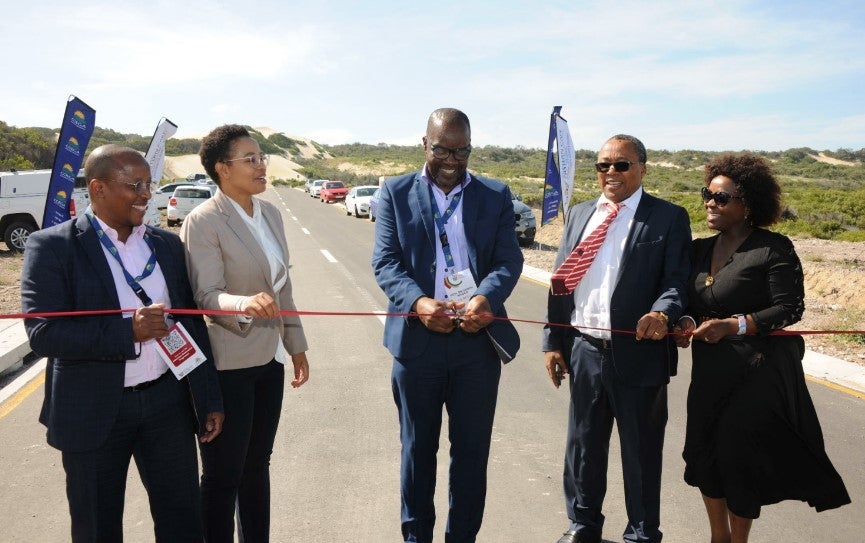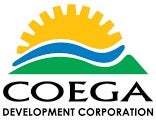
By 2050, we will need to produce 60% more food to feed a world population of 9.3 billion, according to the Food and Agriculture Organisation (FAO). In response, aquaculture is being touted as a potentially sustainable solution to growing food security concerns.
“Besides having a smaller spatial footprint when compared with both land-based agriculture and capture fisheries, aquaculture offers many positive attributes including poverty alleviation in socioeconomically disadvantaged regions, increased production due to technological advances and comparatively lower environmental impacts,” says Dr Ayanda Vilakazi, Coega’s unit head: marketing, brand and communications.
Aquaculture can also be a way to address nutritional deficiencies as fish are often high in protein, and can be more environmentally friendly.
“Generating protein on land is less efficient from a resource perspective [than it is generating it in water] and can be costly in many ways, including environmentally,” Ted Janulis, founder and principal of Investable Oceans, told Investment Monitor previously. “Because of that, investing in aquaculture will continue to grow in importance and popularity.”
According to an FAO sector report, South Africa has “suitable environmental conditions for aquaculture development and opportunities for commercial production of various cultured species.” Rainbow trout is historically the major product, with abalone, catfish, freshwater crayfish, oysters and tilapia also being farmed in South Africa.
Aquaculture is growing fast
Globally, aquaculture is the fastest-growing food production system, and the economic potential is massive. A World Wildlife Foundation report produced by the Boston Consulting Group found that aquaculture grew at an annual rate of 7.5% between 1990 and 2009, poultry grew by 5% and pigs by 2.5%.

Bodies of water have been a source of food for centuries, with subsistence farmers catching fish or shellfish for daily meals. In some corners of the world, they still do. In South Africa, oyster farming dates back to 1673, but it wouldn’t be until nearly 300 years later in 1948 that the first commercial operation proved successful. Production of Pacific oysters in South Africa totalled 500 tonnes (t) in 2018, and the country exports a portion of these to other African countries as well as to Asia, particularly China.
In the intervening decades since the 1940s, South Africa’s aquaculture sector has continued to develop, directly employing some 2,300 people. In 2016, the sector generated R4.72bn ($254m) in foreign exchange from sales. Abalone, exported to East Asia, generates R355m per year in revenue. The trade of abalone between South Africa and East Asia, where the fish have earned the moniker ‘white gold’, is so lucrative that local law enforcement in South Africa have had to crack down on abalone poaching. The sector now generates approximately R1.43bn, but local officials are hoping that figure climbs as development continues.
With some expansion efforts under way, the sector is still underdeveloped. Production of tilapia, one of the country’s main aquaculture products, is estimated at between 200 and 400t. David Finchman, the CEO of David Finchman Aquaculture, called that number “extremely low given the potential for the industry” in an article for South African publication Farmer’s Weekly.
To help meet the country’s potential, Coega, operator and developer of the 9003-hectare (ha) Coega Special Economic Zone, is driving investment in the aquaculture sector through its dedicated investment-ready Aquaculture Development Zone (ADZ) in Zone 10 of the Coega SEZ.
The Coega ADZ forms part of the Eastern Cape’s (South African province) Provincial Oceans Economy Master Plan. The Coega ADZ Project is targeting the creation of 500 construction jobs and an estimated 900 operational jobs, which could be realised in the initial phase of development.
The Eastern Cape Provincial Government invested R206m in the development of the first 100ha of the Coega ADZ, which includes important road networks, water reticulation services, electrical networks and other enabling infrastructure. The full extent of the earmarked site for aquaculture development in the Coega Special Economic Zone is 440ha. The site already has the required environmental authorisations and permits for aquaculture development, seawater extraction and seawater discharge.
The Coega ADZ’s 440ha site can accommodate freshwater and marine aquaculture for various species, feed production, and processing and distribution to local and international markets.

Coega’s ADZ is one of the largest land-based ADZs on a single geographical footprint in South Africa; it is a development located adjacent to the deepwater port of Ngqura. Being situated adjacent to the Indian Ocean, with approximately 12km of coastline forming part of the boundary of the 9,003ha SEZ, it was inevitable that Coega would pursue aquaculture as one of its targeted sectors for development, says Vilakazi.
The growth of the South African aquaculture industry has the potential to contribute significantly to economic activity, poverty reduction, empowerment, employment, and the sustainable use of coastal and inland resources, to the benefit of local communities. Situated in South Africa’s Eastern Cape Province, Coega SEZ is the country’s foremost investment hotspot for industries with a global perspective.
To learn more about aquaculture investment opportunities in the Coega SEZ, download the free paper below or email Invest@coega.co.za.


